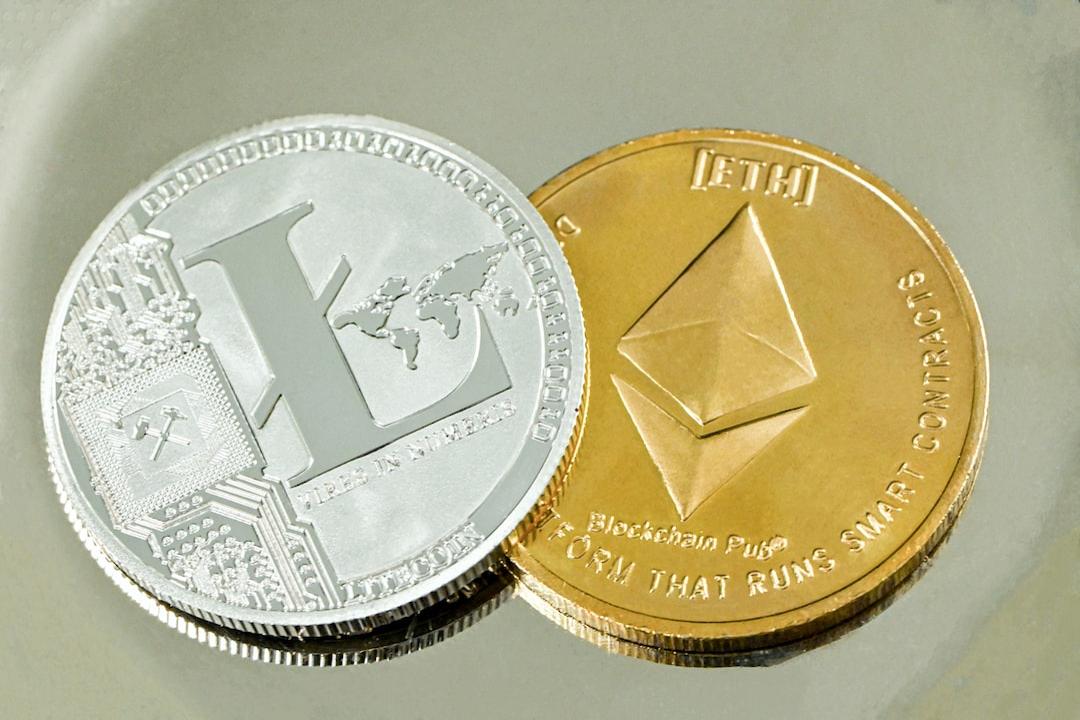Bitcoin Bull Trap Warning Is the Road to 100000 Still Clear for BTC
Bitcoin’s (
BTC
) recent price movements have sent warning signals to investors after the cryptocurrency briefly crossed the pivotal $70,000 resistance level, only to fall back shortly thereafter. This scenario aligns with what’s known as a “
bull-trap
,” where buyers are enticed by what seems like a breakout, only to be met with a swift downturn. Current trends indicate this could indeed be the case, raising concerns about the possibility of Bitcoin reaching the $100,000 mark in the near future.
**Recent Insights and Developments**
In a recent post on TradingView dated November 2, analyst Alan Santana underscored the psychological and technical importance of the $70,000 price point. This threshold marked the beginning of a significant bearish trend last August, solidifying its role as a formidable resistance level.

*Bitcoin price analysis chart. Source: Alan Santana/TradingView*
Although breaching this level could have indicated the start of a more sustained rally, Bitcoin’s failure to maintain above it has resulted in what appears to be a failed breakout, a classic indicator of a bull trap. The candlestick pattern observed lends further credence to this interpretation. BTC formed a Doji candle, which features a narrow opening and closing price with elongated shadows. An intraday peak of $71,611 was promptly rejected, with BTC closing below its opening price. Such behavior is typically indicative of a reversal, reinforcing the bearish outlook.
“After exactly three days above this level, Bitcoin is now back below it. This move ended up either as a failed breakout or simply a bull-trap—regardless of how we label it,” Santana remarked.
Additionally, technical indicators like the RSI (Relative Strength Index) and MACD (Moving Average Convergence Divergence) are showing diminishing momentum, further supporting the bearish sentiment.
**Market Influences and External Factors**
The trajectory of Bitcoin’s price is influenced by a combination of macroeconomic factors and potential market catalysts.
On the bearish end, a robust U.S. Dollar Index (DXY) has put downward pressure on Bitcoin, as investors often seek refuge in the dollar during uncertain times. Moreover, the upcoming U.S. elections have instilled a sense of caution within the market, compounded by increased selling pressure on altcoins that challenges Bitcoin’s upward momentum.
However, there are still factors that could bolster Bitcoin’s rise. Recent U.S. job data indicated a slowdown in payroll growth, leading to expectations of a 25-basis-point rate cut at the next FOMC meeting, with a second potential cut in December.

*Odds of 0% vs. 25% BPS cut in November. Source: CME Group*
Lower interest rates typically favor risk assets, including Bitcoin, and might rejuvenate bullish momentum. Furthermore, institutional interest remains strong, as evidenced by significant inflows into BlackRock’s IBIT ETF (NASDAQ: IBIT), suggesting robust demand from large investors.
**Is $100,000 Still Within Reach for Bitcoin?**
Despite recent challenges that have clouded the immediate outlook, the path for Bitcoin to reach $100,000 is not entirely blocked. For Bitcoin to regain a bullish trajectory, it would need to decisively breach and maintain its position above the $70,000 resistance level. This breakthrough could pave the way for higher resistance levels and potentially a rally toward six figures.
Moreover, a recent analysis by TradingShot indicates that the current price movement of Bitcoin could present a strategic buying opportunity. Some AI models even predict that Bitcoin might reach $100,000 by mid-2025, provided the market conditions and macroeconomic landscape remain favorable.
In summary, while the road to $100,000 for Bitcoin is still open, it is advisable to exercise caution in the short term as the market grapples with uncertainty. Investors should remain vigilant for potential downside risks while remaining alert to the possibility of a renewed rally if Bitcoin manages to reclaim key resistance levels.
